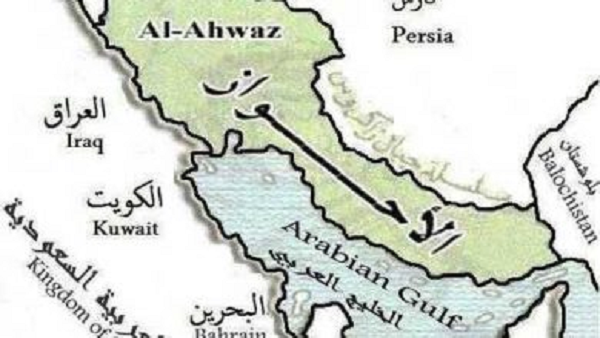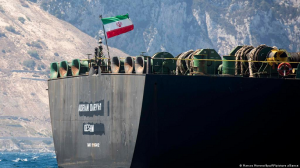
The Political History of Ahwaz: Ahwaz Under the Islamic Caliphate (5)
The state of Ahwaz is rich in history and culture, having experienced numerous political and administrative transformations since the Islamic conquest in the 7th century AD. In this report, we review the history of Ahwaz during the period of the Islamic Caliphate and its impact on the region.
The Islamic Conquest and the Establishment of Souq al-Ahwaz
In 637/640 AD, Arab forces, supported by local Arab tribes, defeated the Sassanian Persians in a decisive battle. As a result, a regional capital known as Souq al-Ahwaz was established.
This period marked the beginning of a new era of political administration in Ahwaz, which became part of the Basra province. This administration was a part of the broader administrative divisions of the Caliphate, with Ahwaz being governed as a subdivision of the Basra province, reflecting the region’s significance within the Islamic Caliphate (Al-Obeidi, 1980).
Administrative Changes in Later Periods
The legal status of Ahwaz remained unchanged during the Rashidun and Umayyad Caliphates. However, under the Abbasid Caliphate, Ahwaz became an independent province, like the Hejaz, Fars, Khurasan, and Egypt. Yet, with the decline of Abbasid power, these provinces were divided among various military commanders and local rulers, leading to weakened central control (Najaf Abadi et al., 2018).
Buyid Control
As Abbasid influence waned, the Buyid dynasty (932–1063) expanded its military reach to include southern Persia, Ahwaz, and Baghdad. The Buyids placed the Abbasid caliphs under their control, further complicating the political landscape and intensifying tensions among local powers.
The Arab Kingdom and Emirates on the Arabian Gulf
On the eastern shores of the Arabian Gulf, the areas inhabited by Arab Ahwazi populations were considered part of Ahwaz. These Arab groups had lived in the region for thousands of years, underscoring the deep-rooted Arab cultural identity in these territories.
With the decline of the Islamic Caliphate in the early 19th century, various parts of Ahwaz came under the rule of new local leaders. After the collapse of the Buyid dynasty in the 11th century, the Arab Kingdom of Hormuz was established on the eastern shore of the Arabian Gulf (now known as the port of Jambaron) and along the coasts of Oman. Hormuz gained independence due to internal conflicts among Persian ruling dynasties after the fragmentation of the Abbasid Caliphate in the 13th century.
The History of Ahwaz Under the Islamic Caliphate
The history of Ahwaz during the Islamic Caliphate is an integral part of Arab and Islamic history. The region witnessed major shifts in its governance and influence, shaping its cultural and political identity.
Today, Ahwaz stands as a symbol of cultural and historical diversity in the Middle East, carrying a rich heritage that deserves continued study and attention.




